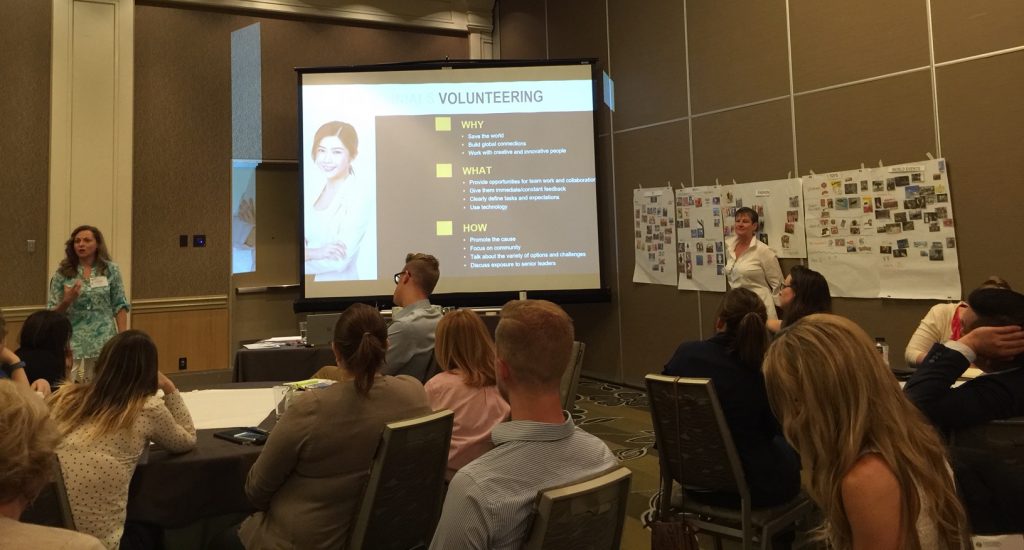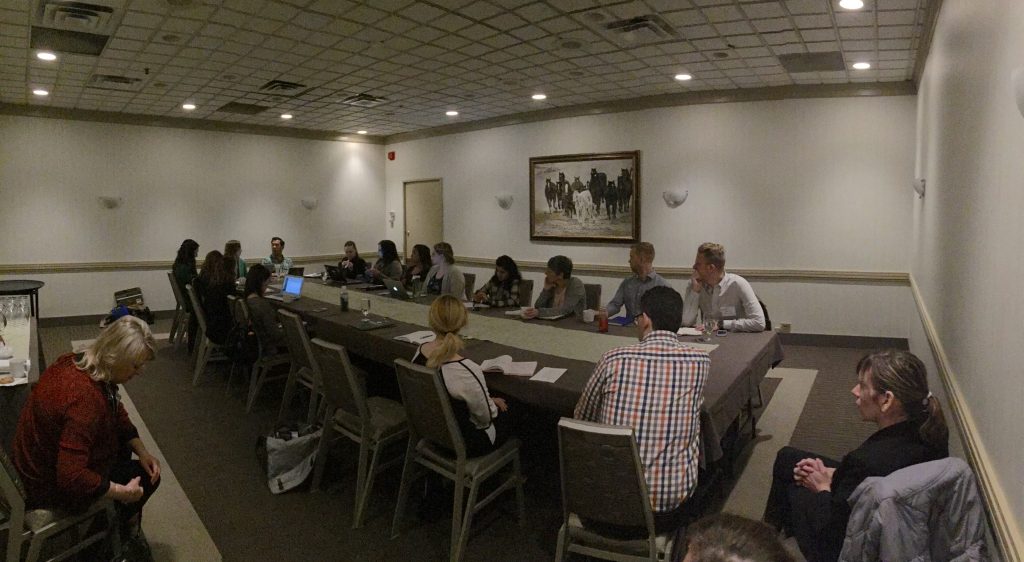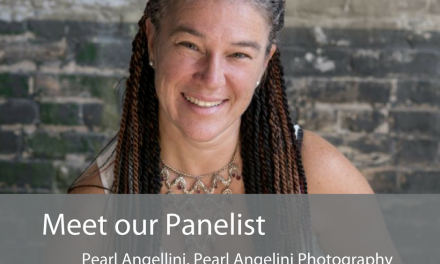Dare to Lead (D2L) is an annual regional leadership conference organized by the International Association of Business Communicators (IABC) Canada West Region (CWR). D2L provides incoming chapter leaders with professional development and leadership training in preparation for the upcoming board year. It’s a valuable opportunity for chapter leaders to remain informed about emerging trends, best practices and learn/network from the top communications and marketing experts in the profession. Below are four takeaways from D2L 2016.
- Collaboration and resource sharing
Collaboration among the chapters exposes chapter leaders to a wealth of resources. As chapter leaders connect with their regional counterparts, they review the key highlights and challenges of the past year. By sharing chapter experiences and resources with other chapter representatives, leaders bring greater value to their members when they return to plan for the year ahead. Marjorie Huculak, co-director of leadership development, said that “you’ve found friends! I discovered that we have a great network we can reach out to have a strong and sustainable chapter!”
Collaboration between chapters saves time and money because chapter leaders often seek and test new ideas to bring value to their members. Andriana Demchuk, incoming director of professional development, said that “the result is a form of resource consolidation, granting chapter leaders access to other resources to inspire programming offerings at their home chapter.”
- Understanding our volunteers and members
In a keynote presentation by Jolene Ondrik and Glenna Cross entitled Five Generations of Volunteers, attendees received a high level overview of key attributes that describes the generational differences of the current workforce and the way it affects our IABC membership and programming. Understanding generational differences matters to IABC because the existing generational gap plays a critical role when chapters plan programs and events. For example, the generational differences between baby boomers, generation X, and Z can be vastly incongruent.
Generational differences, such as attitudes to towards technology and communications, may influence programming success. Generations respond differently to programming offerings and communications methods, which is why understanding the needs of our membership plays a vital role when making decisions and organizational planning. Chapters that build programming around membership feedback can be the difference between a selling out an event or not.
The volunteer experience and the way people respond to programs and opportunities can be heavily influenced by certain measures. Demographics patterns, such as the duration of membership, the likelihood to recommend the association to friend or colleague, and who paid for one’s membership, are key measures to help plan for future events and programs. Measures also include member activity on social media channels, number of contributions to the monthly newsletters, the annual membership survey, the number of the attendees at an event, number of board volunteers, or the variance between non-members and members attending events. As Shruti Gupta, director of administration, puts it “the way chapter leaders incorporate these measures into program planning is the best way to spark interest among members and non-members.”
- Mentorship program and succession planning
D2L charged attendees with ways to develop future IABC leaders by reasserting the value of the mentorship program and succession planning. On the one hand, IABC’s mentorship program serves to formalize the relationship between professionals over and beyond the boardroom. Heather Howell, membership and networking director, said that “serving as a mentor allows senior members to share their experiences and knowledge with upcoming leaders.” Mentees gain advice and often times encouraged to take on larger roles within the association, plan for the future, and seek ways to encourage others to give back.
On the other hand, D2L presentations explained that succession planning is not always a chapter priority addressed in a systematic way. With resources and volunteers often stretched to their limits, chapter leaders sideline succession planning towards the very end of their term. Our team learned the value of succession planning as a way to transfer knowledge and experience of our leaders to others, much like the mentorship program, in preparation for the upcoming positions as they become available.
- Three steps to leadership development
Attendees were reminded that part of the responsibility of current IABC leadership is to develop those who will eventually replace us in a leadership capacity. According to Pam Neely, “the empty chair represents the customer. It’s there as a demonstration and a declaration that every decision is made for the customer.”[1] Leadership development is a priority for all chapter leaders because once we’re done with our term, a knowledge vacuum is created if that knowledge fails to pass on.
To develop future leaders requires three steps. The first step, often times the most difficult, is to analyze yourself and your role in the association to identify areas of professional interest and items in the association that require development. The second step is to identify your strengths and weaknesses. For example, some people have access to large personal networks, while others find it easier to write than speak in public. Should one’s decision be to develop a weakness or use their strengths to their advantage, being aware of them makes it easier to plan and execute your IABC goals. The final and most important step is taking action, which can take form in any of the following ways – attending one more events than the previous year, writing a blog post, sharing with your manager the value of IABC, or volunteering for greater responsibility within the association.
The year ahead
Chapter leaders capitalizing and investing in the diversity of its membership base benefit greatly.
As our chapter leaders prepare for the year ahead, the training and professional development we received this year was clear – chapter programs and planning will need to be relevant to members for overall increased event turnout and member participation. 2016/17 begins with our strategic planning sessions over the summer months, and professional events rolling out in September. Our leaders are eager and excited to create positive and meaningful professional development experiences for both members and non-members in the months ahead.
Roland Pajares is incoming vice president of IABC Manitoba for 2016/17. He works as a Research Assistant at NRG Research Group.
[1] Pam Neely, “Why Customer Experience is the Hot New Thing in Marketing,” April 6, 2016, Communication World Magazine.





